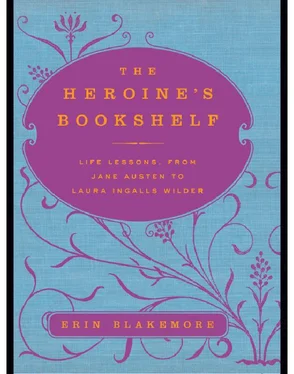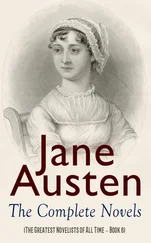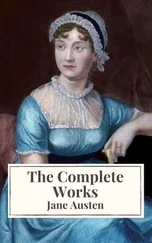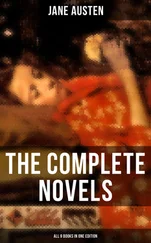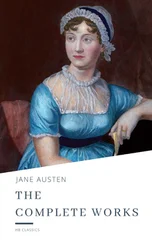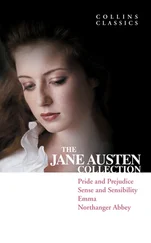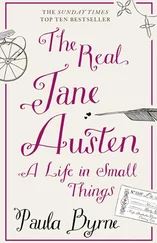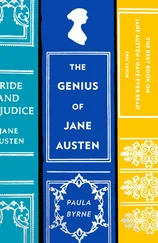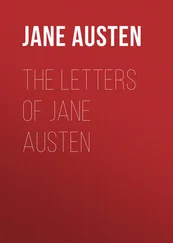She set her sights on New York City and life as a writer. But Manhattan was a cruel shock to her system. The city, teeming with postwar life, hardly had any vacant apartments, let alone jobs. She contented herself with a cold-water flat and a job in a bookstore. But though she made some friends, she came no closer to her goal of breaking into publishing. Her ongoing struggle must have made what happened next even more incredible. When she finally landed a literary agent, her friends responded with an extraordinary gift. On Christmas Day 1956, her friends Michael and Joy Brown, a composer and ballerina she befriended during her time in New York, gave her a check for a year’s worth of living expenses, accompanied by a simple card that read, “You have one year off from your job to write whatever you please. Merry Christmas.”
Aware of the import of a gift that came from a place of generosity and love, Nelle focused all of her attention on what she would later call a love story, plain and simple. Writing To Kill a Mockingbird wasn’t easy; in fact, in interviews given after the book was published, Nelle intimated that writing it was almost akin to torture. She rewrote the book at least three times during that year, which she later described as “a hopeless time.” And with good reason: writing the book required her to walk back down the streets of Monroeville in her mind, looking for clues to the worst life had to offer.
As notoriously reclusive as J. D. Salinger or Carson McCullers, Harper Lee hasn’t told us much about her first and only book aside from what she placed so lovingly in its pages. Though the book is widely recognized as autobiographical, Nelle herself has declined to point out the line between fiction and reality. As curious readers, we’re forced to look into what we know of her childhood for answers.
Like the place where she formed her first opinions and impressions, fictitious Maycomb is a town that’s comatose on the outside, simmering and seething within. Inhabited by Christians and patriotic Alabamans, it’s a place where white townsfolk tolerate, even encourage, racism and segregation; where white and black only mingle in carefully coordinated boss-servant relationships. In Maycomb, black women raise white children with love and forbearance; there, too, all whites know that blacks are a dirty footnote in the history of a region wronged by war and poverty. Everyone, that is, except for Jean Louise “Scout” Finch, a six-year-old girl who is too young to know better.
Scout is more than a heroine—she’s a stand-in for her mysterious author. Like Nelle, she stands firmly on the sidelines, marginalized by age and parentage. She’s a child, a grouchy, energetic thing, a kid whose skinned knees and bleached-out hair are as easy to imagine as her squirmy countenance. She is also the daughter of Atticus Finch, a small-town lawyer whose obsession with truth and tolerance will unravel all of Maycomb’s drowsy comfort in one tumultuous summer. Over the course of the book, Scout becomes our guide through the pain of children confronting the gory, terrifying realities of adulthood.
Again and again, Scout’s reality is altered; again and again she brings her questions to lay on Atticus’s shoulders. Scout, her brother Jem, and their neighbor Dill repeatedly see things they are not meant to see: conversations between their father and a mob intent on vigilante justice; a trial with undertones of incest, rape, and racism. Their encounters with the dark world of adults are full of mystery and unanswered questions for Atticus, who must bear the weight not just of the trial but of its moral and ethical repercussions. The book’s portrayal of Atticus’s struggle is in itself a work of compassion on the part of Harper, who watched her own father grapple with complex questions of right and wrong during her childhood, including the time he unsuccessfully defended two black men accused of murder. Shattered by his failure, he never took on another criminal case.
But to mistake Atticus for A. C. would be to miss the point entirely. Nelle’s father was a man with his own demons, one who was very slow to adopt the racial tolerance that would be the mark of his literary heir. Instead, I see Atticus as Nelle’s way of thanking her father for the moral compass he instilled in her and for his years of protection and care. Atticus is what every child needs: a parent who is loved and who embodies love for his children. And Scout needs Atticus more than ever when her childhood life tilts and falters.
Scout’s significance as a heroine lies in her willingness to rethink what she thinks she knows. Boo Radley is a terrifying monster… right? So how come he delivers gifts to the kids? How can an ill-tempered and irascible old woman also be a human like anyone else, battling for freedom from an ugly addiction? How can Scout and Jem reconcile the Atticus they know to be a good and honest father as the man who is held up as a “nigger-lover” and someone to be feared? Scout must rethink the pillars of her childhood until its foundations are as dug-up as Miss Maudie’s blackened, burned-out cellar.
“You never really understand a person until you consider things from his point of view—until you climb into his skin and walk around in it,” Atticus tells his little girl. It’s the little girl who remembers those words and dares to hold the mirror of her character to reflect our own attitudes, values, and truths. Once Scout learns to think from goblinlike Boo’s point of view, she finds love, not fear. In a sea change for Scout and the book, she begins to trust someone else’s actions instead of what she’s been told to think about him. This act—the courage to view another with compassion, to trust the person instead of the myth—is the end of childhood, but it’s the beginning of an understanding adulthood. And, in an echo of her own lessons from her father, Harper delivers our own awakening through the mouth of an unconventional, rowdy, rude, and feisty little girl with a lot of growing up to do.
If understanding, then, is the beginning of compassion, compassion breeds courage for Scout. The girl who’d defend her daddy’s name in a split second learns to take a deep breath and reconsider. Armed with her newfound knowledge about the nature of things, she takes another look at the people, places, and traditions she’s always taken for granted. Seen through another lens, Maycomb’s Mrs. Duboses turn from crotchety old women to addicts struggling for independence and peace. For every supposedly polite resident who turns out to be bad, there is a bad one like Dolphus Raymond who turns out to be good. The revelation that his reprehensible-looking bag of moonshine actually contains Coca-Cola is a surprise straight from the wit of the wise Harper Lee, who thinks a heroine’s prejudices and preconceived notions ought to be riled up every once in a while.
For me, Scout’s most poignant moments aren’t the ones in which she learns new lessons; they’re the ones in which she’s a reckless, school-hating little kid, a girl who’d rather hike up her britches and look hard at a bug than wear skirts and act nice. Scout’s not ornery for orneriness’ sake; she’s herself at all times. She puts a face on what things like racism and intolerance can do to a town, to a country, and to a person. Seen through the eyes of a child, the injustices of Maycomb become even more unacceptable. It’s hard to stomach brash intolerance in others when a small child is able to spot it and question it in herself. As women given a walk in the shoes of Scout, we must ask ourselves what we are willing to let our children and our daughters see. Whenever I put down To Kill a Mockingbird, it’s with an almost sick feeling of mixed despair and wild, klutzy hope. Simple to read, it’s not too easy to digest. Maybe that’s the point.
Читать дальше
